Sgt. Albert A. Moretti

Sgt. Albert A. Moretti, U.S. Army
Netherlands American Cemetery
Margraten, Holland
This site was prepared for
Adopters, Cor and José Rejack
and members of the
Donovan and Sherman Families.
“The only land we ever asked for was enough land to bury our dead. And that is the kind of nation we are.”
— Colin Powell
American statesman, diplomat, and United States Army officer.
United States Secretary of State, 2001 to 2005.
July 2023 Visit To Albert's Gravesite - Jerome Donovan
On July 16, 2023, my wife Donna and I finally made our long-planned visit to the grave site of my uncle, Sgt., Albert A. Moretti, US Army, at the Netherlands American Cemetery and Memorial in Margraten, Netherlands. Our previous plans were interrupted twice because of the outbreak of Covid.
Disappointed but not dissuaded we discovered a river cruise that visited several cities in the Netherlands including Maastricht just six miles from the cemetery. The cruise company offered a side trip to the cemetery, but having contacted the Adopters of Albert’s grave who were meeting us we chose to do a sole visit by taxi. My mother and father, Jim and Esther, and brother Mike had previously visited the cemetery in 1978 and 2015.
It was an emotional experience approaching Albert’s grave marker. We had visited the Normandy American Cemetery some years ago and that was emotional too, but this was personal.

Jerome Donovan - July 2023

Donna, Jerome, Joy Voncken

Ton Hermes, Jerome Donovan, José and Cor Rejack

José, Donna, Jerome, Cor
Click on Video Above for Moment of Silence Observed July 16, 2023.
I imagined the grief my grandparents, Tony and Libra and his sisters Johanna and Esther (my mother) experienced upon hearing of his loss.
It was a beautiful, sunny afternoon. We arrived at 2 o’clock. The grave markers -white marble crosses- stood in uniformity as far as the eye could see. As we approached Albert’s grave emotion swelled in me. Again, thinking of my grandparents and his sisters. I had been preparing for this day for a number of years, but you can never prepare for the moment you stand before his grave and read for yourself:
Albert A. Moretti, Sgt. 40 TK BK , 7 ARMD DIV, New York, Nov 30, 1944.
An Interpretive Guide for the cemetery mixed sand from the beaches of Normandy with soil I brought from Albert’s childhood home on Church Street and did a sanding. You can see its effects in the photos above.
Albert and 8,301 other soldiers interred at Margraten gave us their youth so that freedom and liberty could prevail, and the Nazi menace would be destroyed. The time we were able to spend there just did not seem enough given his sacrifice. Yet, it is a small consolation that he knows he is not forgotten 79 years later.
Ton Hermes, Chair of The Adopter’s Foundation, Joy Voncken, an Interpretive Guide for the American Battle Monuments Commission at the Cemetery and Albert’s Adapters, José and Cor Rejack joined us. We were most appreciative of the presence of Mr. Hermes and Cor and José for the time they spent with us. The visit exceeded our expectations. My only regret was that the time spent at the grave felt inadequate. How do you convey your debt to the thousands laid to rest here and at other American military cemeteries for their courage and sacrifice?
OVERVIEW
Sergeant Albert A. Moretti, U.S. Army
Born son of Anthony and Libra Moretti, Chadwicks, NY on August 9, 1919
Albert enlisted in the U.S. Army on March 12, 1942 at Fort Niagara, Youngstown, NY. He trained at Camp Polk, LA; in the California desert and Ft. Bennington, GA. He went overseas in June 1944.
Sergeant Albert A. Moretti (32-253-186) was a member of the 40th Tank battalion of the 7th Armored Division. Sgt. Moretti was wounded in September 1944 and returned to duty after hospitalization. He was awarded the Purple Heart with Oak Leaf Clustering. He was killed in action on November 30, 1944 at Lindern, Germany, which is 15 miles north of Aachen, and west of Cologne.
He was married to Rose Koury at St. Louis Gonzaga Church, in Utica, NY, on February 1, 1942. Rose remarried on June 6, 1952 to Richard Pacielio. She died on January 30, 2009 in Utica, New York.
8,301 serviceman are buried at Margraten: 106 Unknown, 1,722 List of Missing.
He is interred at the Netherlands American Cemetery, Margraten, Holland; Plot A, Row 21, Grave 6.
Tap this link to learn about the Margraten Cemetery Adopters Foundation.
To read about the action Sgt. Moretti was engaged in at the time of his death read: “U.S. Army in World War II, European Theater of Operations, the Siegfried Line Campaign”. Pages 566-573 refer to action at Lindern.
Visit this link https://bit.ly/3N3Xjer to read the official Siegfried Line history (it may take a moment for the PDF to load, be patient). Also, the After Action Report of the 7th Armored Division / 40th Tank Battalion can be viewed at: https://bit.ly/3Cjxylo .
Below is a transcript of a tape recording by Senator James H. Donovan describing the gravesite with his wife Esther, Albert’s sister, while on a visit to pay their respects in August 1978.
Gravesite Visit Transcript
Transcript of tape recording by Senator James H. Donovan describing the gravesite with his wife Esther, Albert’s sister, while on visit to pay their respects in August 1978.
VISITING GRAVESITE
Taking inscription off stone.
Carl W. Stipe (Ohio) - grave next to Esther’s brother’s - died the same day in the same outfit.
Brother’s inscription:
Albert A. Moretti - Sgt. , 40th Tank Battalion, 7th Armored Division.
New York, November 30, 1944.
The cemetery looked like it was almost artificial turf, it was perfect, you couldn’t find anything but short grass, trimmers going around the edges of the stones, acres and acres of beautifully kept grounds and lawn. The man in charge was most accommodating, very sensitive to Esther’s presence, he volunteered to drive her down away from the cemetery to a lady’s house to buy some flowers and brought her back. He gave me a key to the door to go up into the top of the tower so that I could take some pictures. He escorted us personally to the grave, after arriving he excused himself so that we could be alone and then we joined him later at which time he expressed and provided for us every form of amenity that one could wish for.


Gravesite of Rose, Albert’s wife. Calvary Cemetery, Utica, NY. Section 16, Block 3, Row 5

Prior to going after the flowers he advised Esther that the lady would only accept Dutch money, so he used his Dutch money to buy the flowers and then when they went back to the cemetery we reimbursed him, with U.S. currency.
The Superintendent of the cemetery said that on Memorial Day they place two American Flags on every plot in the cemetery, and last year they had over 40 wreaths at the main monument at the entrance to the cemetery.
Esther also embedded in the earth next to the grave’s tombstone three holy, blessed medals; one she believes belonged to her late mother, one from her sister and her own - Blessed Mother’s miraculous medal.
The Netherlands cemetery is the only American cemetery (military) in the Netherlands, lies in the Village of Margraten, six miles east of Maastricht on the main highway to Aachen, Germany, 14 miles.
It took us about an hour and a half to two hours to drive there. About 75 miles, with some of the problems we had in reading signs on our way it consumed more time then it might have if we understood the language and had a current road map.
The site covers 65½ acres , has a visitors building, a museum, with three large engraved maps with images depicting the military operations of the American Armed Forces, stretching along the sides of the court are the two walls of the names of the missing on which is recorded the names of 1,722, who gave their lives in the service of their country.
Beyond the tower contains the chapel, the burial area, divided into 16 plots, where rests 8,301 of our military dead. Their headstones, set in a long curved long tree-lined mall which leads to the flag staff which crowns the crest.
The light fixture in the chapel, and the altar candelabra and the flower bowl were presented by the government of the Netherlands and by the local provincial administration.
Her brother’s grave fronts on a nice tree that has been planted and has probably got 25-30 years growth. Provides shade for his grave which is something of a unqiue distinction when you consider that they're relatively few trees in the overall cemetery plot.
FAMILY AND COMMUNITY

Albert's Parents - Libra and Tony


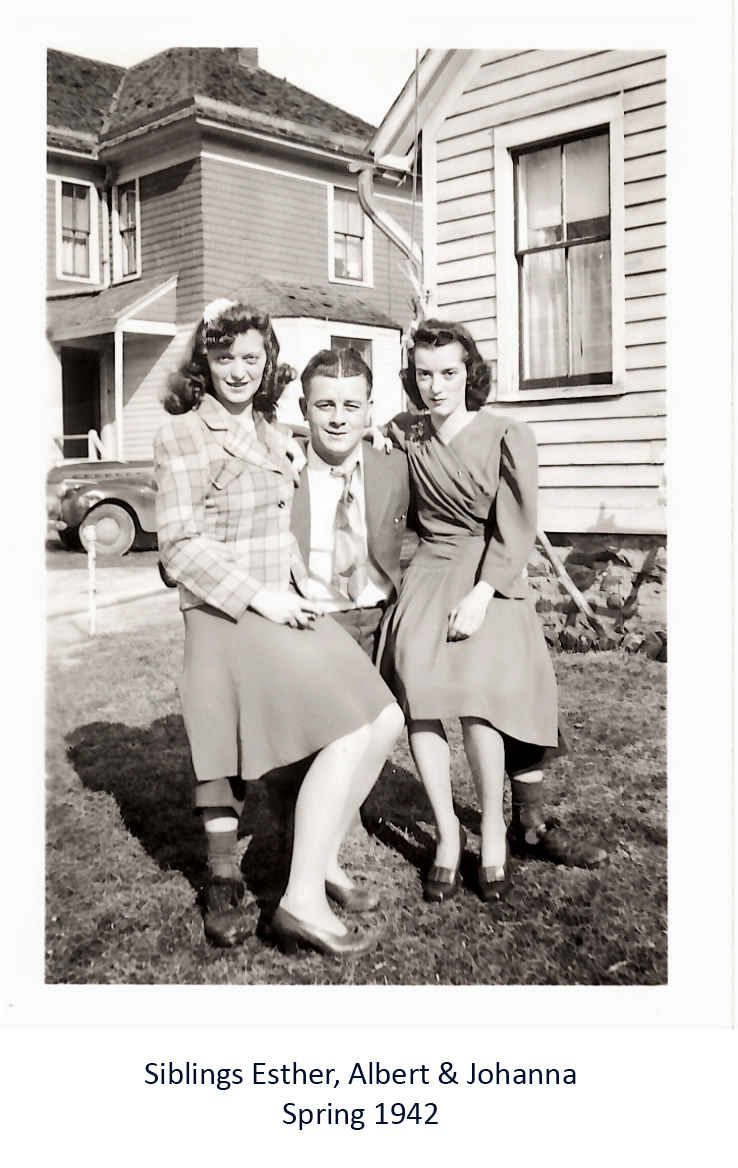
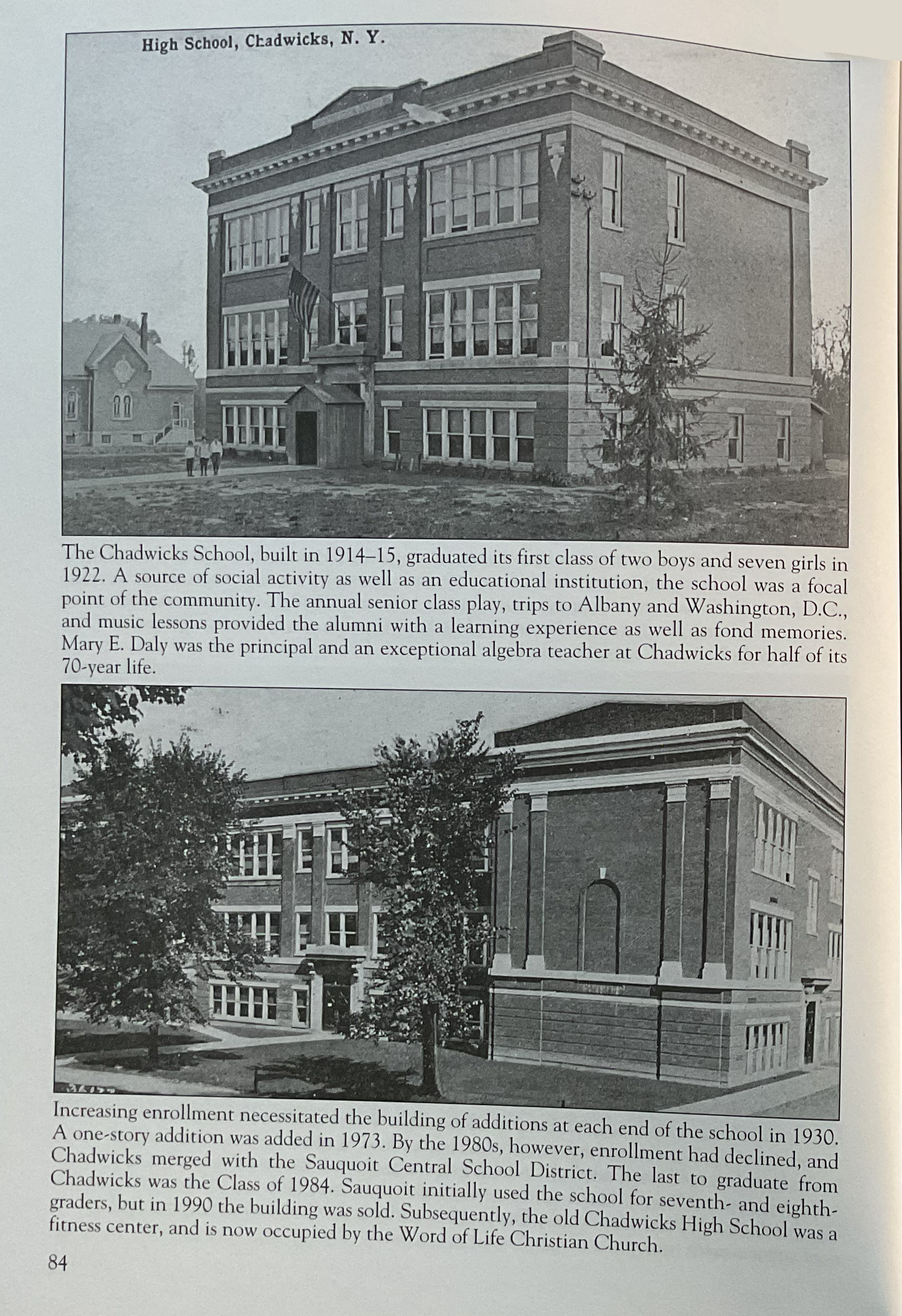
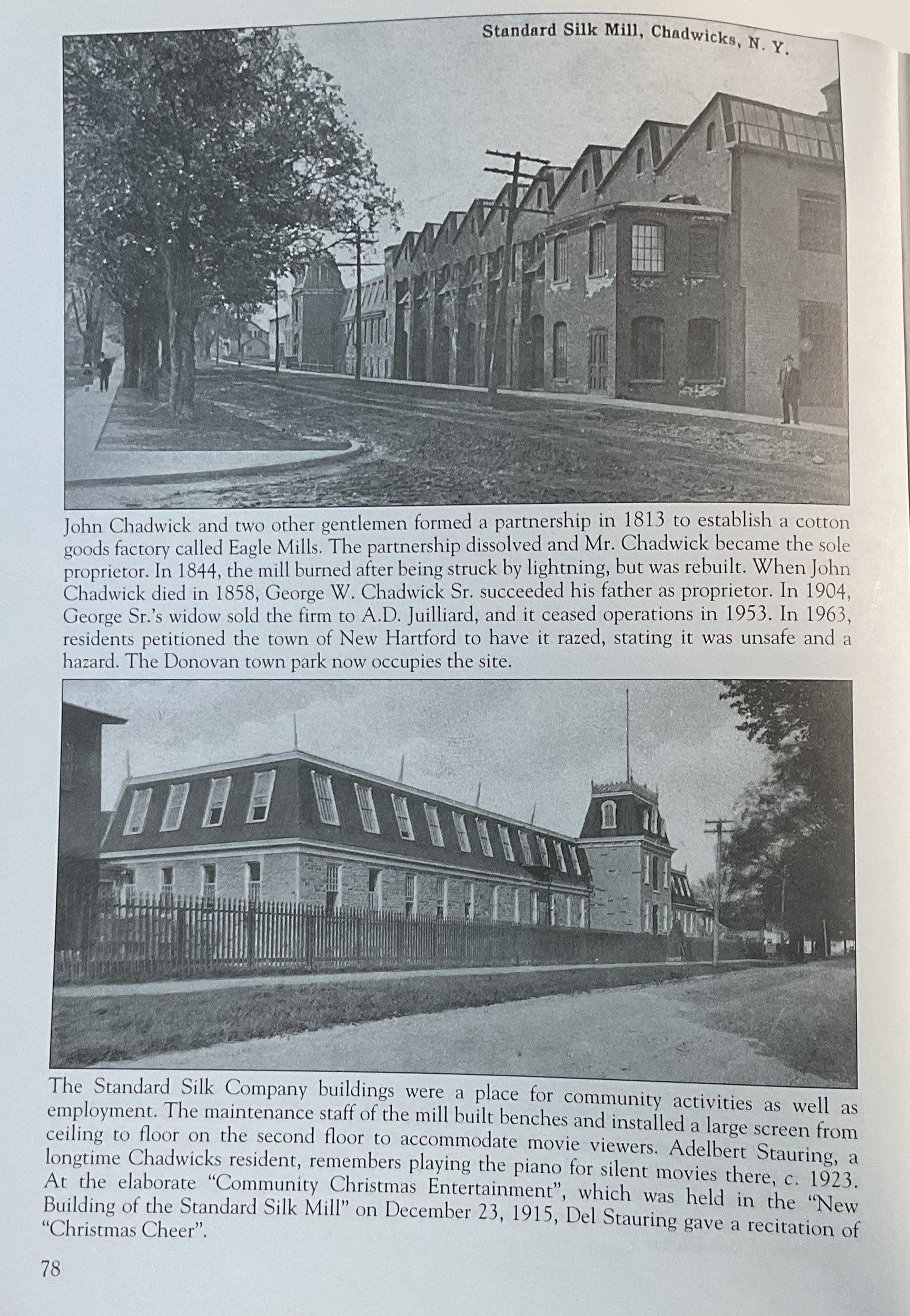

Photo credit: Images from the book, "The Sauquoit Valley" by Evelyn R. Edwards - 2000
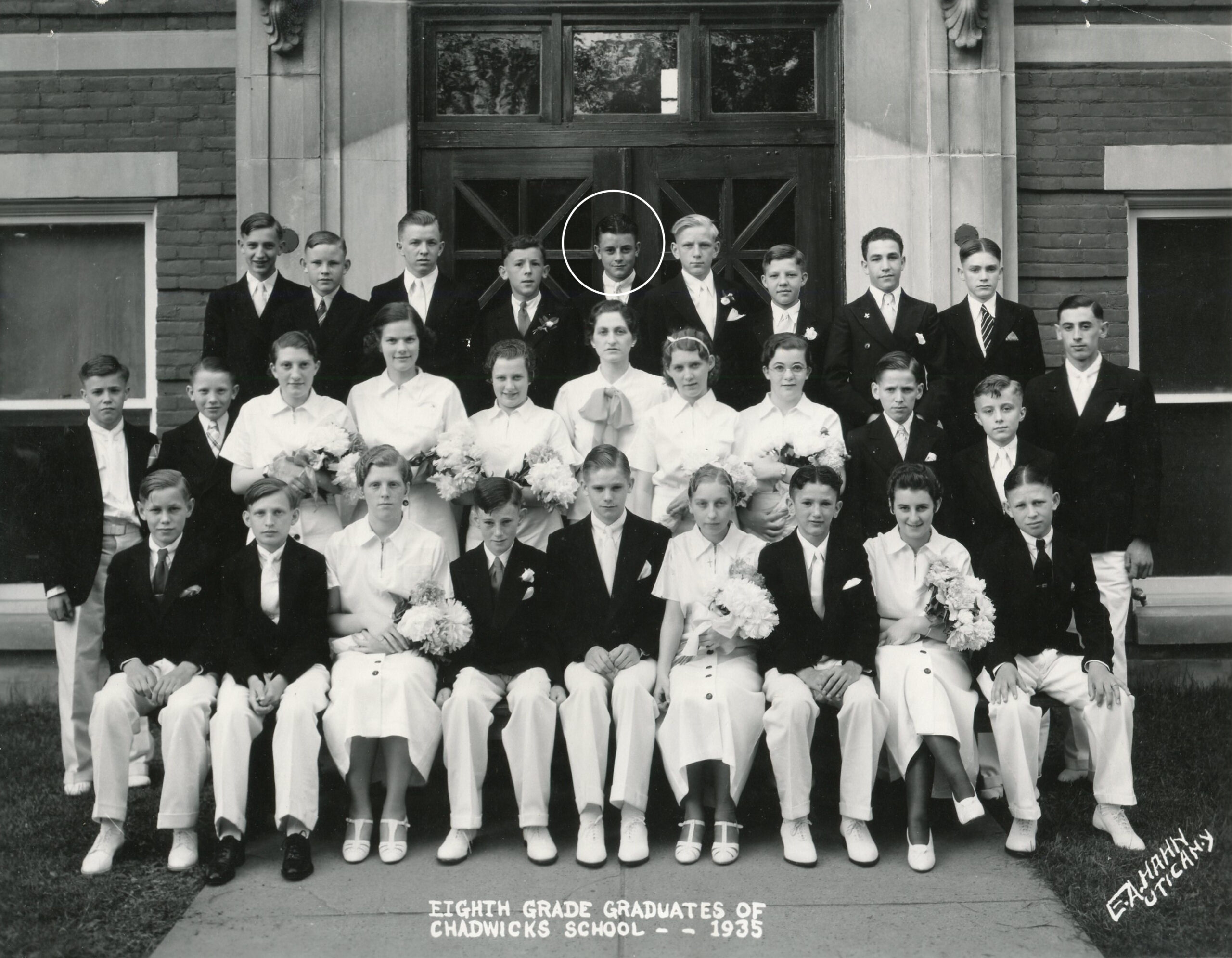

Neighborhood Albert grew up in. . . #12 is his childhood home. “A” is the Silk Mill where he worked. “B” is the school he attended and “C” is his parish church.

Military Information



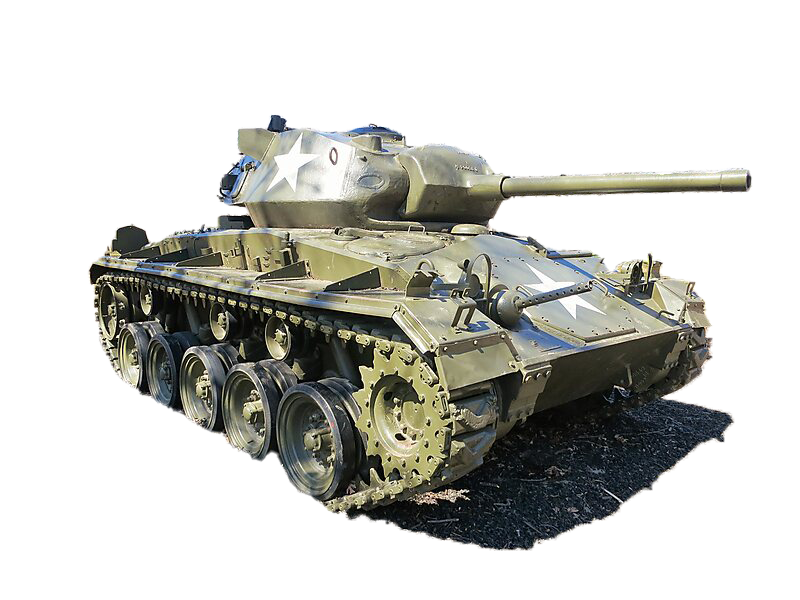



Gail Wolanin Young, niece of Sgt. Moretti, daughter of Johanna Moretti Sherman.
History of 7th Armored Division WW II - Through January 1945
The division was activated on 1 March 1942, in Camp Polk, Louisiana, out of "surplus" elements of the reorganized 3rd and 5th Armored Divisions, and itself reorganized on 20 September 1943. The 7th Armored Division trained at Camp Coxcomb in California. The 7th Armored Division arrived in England in June 1944. Throughout most of its existence the 7th Armored Division was commanded by Major General Lindsay McDonald Silvester, an infantryman who had distinguished himself in World War I
Action in France
The 7th Armored Division landed on Omaha and Utah Beaches, 13–14 August 1944, and was assigned to U.S. Third Army, commanded by Lieutenant General George S. Patton. The division drove through Nogent-le-Rotrou in an attack on Chartres. The city fell on 18 August. From Chartres, the division advanced to liberate Dreux and then Melun, where they crossed the Seine River, 24 August. The division then pushed on to bypass Reims and liberate Château-Thierry and then Verdun, 31 August.
The 7th Armored halted briefly for refueling and then on 6 September drove on toward the Moselle and made a crossing near Dornot. This crossing had to be withdrawn in the face of the heavy fortifications around Metz. The 7th Armored then made attempts to cross the Moselle northwest of Metz but the deep river valley was not suitable terrain for an armored attack. Elements of the division assisted the 5th Infantry Division in expanding a bridgehead east of Arnaville, south of Metz, and on 15 September, the main part of the division crossed the Moselle there. The 7th Armored Division was repulsed in its attacks across the Seille River at and near Sillegny, part of an attack in conjunction with the 5th Infantry division that was also repulsed further north.
Support of Operation Market Garden
On 25 September 1944, the 7th Armored Division was transferred to the U.S. Ninth Army, under Lieutenant General William Hood Simpson, and began the march to the Netherlands where they were needed to protect the right (east) flank of the corridor opened by Operation Market Garden. They were to operate in the southeast Netherlands, so that British and Canadian forces and the 104th Infantry Division could clear the Germans from the Scheldt Estuary in the southwest Netherlands and open the shipping lanes to the critical port of Antwerp, to allow Allied ships to bring supplies from Britain.
On 30 September, the 7th Armored Division launched an attack from the north on the town of Overloon, against significant German defenses. The attacks progressed slowly and finally settled into a series of counter-attacks reminiscent of trench warfare of World War I. On 8 October, the division was relieved from the attack on Overloon by the British 11th Armoured Division and moved south of Overloon to the Deurne–Weert area.
Here they were attached to the British Second Army, under Lieutenant General Sir Miles C. Dempsey, and ordered to make demonstration attacks to the east, in order to divert enemy forces from the Overloon and Venlo areas, where British troops pressed the attack. This plan succeeded, and the British were finally able to liberate Overloon.
On 27 October 1944, the main part of the 7th Armored Division was in essentially defensive positions along the line Nederweert (and south) to Meijel to Liesel, with the demonstration force still in the attack across the Deurne canal to the east. The Germans launched a two-division offensive centered on Meijel, catching the thinly stretched 87th Cavalry Reconnaissance Squadron of the 7th Armored Division by surprise. However, the response by the 7th Armored and by British Lieutenant General Sir Richard O’Connor’s British VIII Corps, to which the division was attached, stopped the German attack on the third day and then from 31 October to 8 November gradually drove the enemy out of the terrain that they had taken. During this operation, at midnight on the night of 31 October–1 November Major General Lindsay Silvester, who had led the division since its activation, was relieved[3] as commander of the division and replaced by Major General Robert W. Hasbrouck.
Refit and Retraining
On 8 November 1944, the 7th Armored was again transferred to the Ninth Army and moved south to rest areas at and east of Maastricht. Following an inflow of many replacements, they began extensive training and reorganization, since so many original men had been lost in France and the Netherlands that a significant part of the division was now men who had never trained together. At the end of November, the division straddled the Dutch-German border with one combat command in Germany (in the area of Ubach, north of Aachen) and two in the Netherlands.
Elements of the division were attached to the 84th Infantry Division for operations in early December in the area of Linnich, Germany, on the banks of the Rur (Roer). The 7th was preparing to drive into Germany when the Ardennes offensive began on 16 December 1944.
Battle of the Bulge
The division was transferred to the U.S. First Army, under Lieutenant General Courtney Hodges, and ordered to St. Vith, Belgium, a critical road and rail center needed by the Germans to supply their offensive. Over the course of almost a week, the 7th Armored (along with elements of the 106th, the 28th Infantry Division and 9th Armored Divisions) absorbed much of the weight of the German drive, throwing the German time table into great disarray, before being forced to withdraw west of the Salm River on 23 December. The division moved to the area of Manhay, Belgium, and by the end of December had cleared the town of the enemy. They were then relieved by the 75th Infantry Division. After a brief rest in January 1945, the division returned to positions near St. Vith, attacked, and re-captured the town on 23 January 1945.
Air Mail
Transcript of letter received by Albert’s wife, Rose Koury Moretti informing her of her husband’s death - Date unknown.
“It is with the greatest personal sorrow that I write to express our sense of loss in the death of your husband and our comrade Sgt. Albert Moretti 32253186.
He was killed in action on 30 November 1944 while we were engaged in a particularly hazardous undertaking in the region of Western Germany. During the course of the engagement enemy resistance was encountered and the lives of our soldiers endangered. Sgt. Moretti, by his heroic actions on that occasion contributed materially to the success of our mission and in so doing lost his life.
Those of us who knew your husband always respected him and admired him for his courage and devotion to duty. Your sorrow and ours on his loss is something beyond writing or speech. We can say only this: we are proud to have known him and we will always remember him with affection. He died for his country.
You will, I am sure, be glad to know that the rites of his religion were extended him by an Army chaplain before he entered battle. He was buried with a service of his church in our Army cemetery in Holland.”
Very sincerely yours,
Malcolm O. Allen, Jr.
(Captain Infantry Commanding)
A Company, 40th Tank Battalion, 7th Armored Division

SPEECH BY SENATOR JAMES H. DONOVAN AT AMERICAN LEGION POST 1000 IN CHADWICKS, NY - 10AM, MONDAY, MAY 28, 1979
U.S. Memorial Day speech given by Senator James H. Donovan of Chadwicks, New York describing the visit to the grave of his wife’s brother, Sgt. Albert A. Moretti at the Netherlands American Cemetery and Memorial at Margraten, Holland, August 1978. (The speech was delivered on two occasions, Memorial Day, May 28, 1979 in Chadwicks, NY and on May 26, 1980 in Whitesboro, NY.
TODAY, ON THIS MEMORIAL DAY, AS WE GATHER TO HONOR THE MEMORY OF THOSE WHO HAVE GONE BEFORE US, I WANT TO SHARE WITH YOU THE MOST SIGNIFICANT MEMORIAL DAY IN MY LIFE AND THE LIFE OF MY WIFE, ESTHER. IT CAME LAST AUGUST.
IT WAS A SPECIAL MEMORIAL DAY IN OUR FAMILY BECAUSE AFTER WAITING FOR 34 YEARS, WE HAD OVERCOME ALL THE OBSTACLES AND FINALLY WERE ABLE TO TRAVEL 4,000 MILES TO DEMONSTRATE PERSONALLY THAT THE MEMORY OF THIS LOVED ONE HAD REMAINED WITH US.
WILL YOU WALK WITH US THOSE LAST FEW HUNDRED YARDS?
WALK UP PAST THE BIG WHITE MONUMENT AND ONTO THE IMMENSE GREEN FIELD WITH THE PERFECT PATTERN OF CROSSES IN SWEEPING ARCS THAT GROW SMALL INTO THE HORIZON.
THERE ARE THOUSANDS OF THEM --- THOSE CROSSES. THEY ARE ALL THE SAME. EVEN IN DEATH, THERE IS STANDARD ISSUE.
WALK AMONG THE CROSSES AND THE OCCASIONAL STAR OF DAVID. THIRTY-FOUR YEARS AGO, THEY WERE WOODEN. THEY ARE MARBLE NOW, PERMANENT MARKERS FOR PERMANENT RESTING PLACES, EACH INSCRIBED WITH A NAME, A RANK AND A STATE.
AS WE WALK, YOU CAN READ THE NAMES? THERE ARE POLISH NAMES AND FRENCH NAMES --- ENGLISH AND WELSH, GERMAN AND ITALIAN, JEWISH AND SPANISH. BUT EVERYONE IS AN AMERICAN NAME.
HERE ARE THE SAME SURNAMES, SIDE BY SIDE. THEY ARE BROTHERS. THERE ARE 40 PAIRS OF BROTHERS REPOSING HERE. LOOK OVER THERE AT A HEADSTONE FOR TWO UNKNOWNS.
IF WE WALK LONG ENOUGH, WE WILL SEE ALL OF OUR STATES. THERE’S ARIZONA, CONNECTICUT, MONTANA, GEORGIA AND OREGON, MISSOURI AND VIRGINIA. AND THERE’S NEW YORK. THERE ARE SEVERAL FROM NEW YORK, BUT WE HAVE NOT REACHED THE ONE WE ARE SEARCHING FOR.
WE ARE NEARING OUR DESTINATION AND THE APPREHENSION IS GROWING. WE PAUSE TO MAKE SURE THAT WE HAVE OUR DIRECTIONS AND ARE NOT LOST AMONG THE ROWS OF THE DEAD.
THERE IS A SUDDEN REALIZATION. WE ARE ALONE.
LOOK AROUND WITH US AT THE SYMMETRY ETCHED INTO THE GREEN EARTH BY THE WHITE CROSSES. THERE ARE 8,300 CROSSES AND 8,300 DEAD AMERICANS BENEATH THEM AND NO ONE IS THERE, EXCEPT US.
OFF IN THE DISTANCE, THE RED, WHITE AND BLUE OF THE UNITED STATES OF AMERICA HANGS LIMP IN THE SUMMER HEAT. THERE IS A STILLNESS. THE SOUNDS OF WAR THAT ACCOMPANIED EACH OF THESE FALLEN AMERICANS TO THIS RESTING PLACE IN DUTCH SOIL --- THESE SOUNDS ARE 34 YEARS GONE.
THE STILLNESS CONTINUES AND WE LOOK FOR SOMETHING, FOR SOMEONE TO DISRUPT IT, FOR WE HAVE BECOME PERVADED WITH EMBARRASSMENT.
THEY HAVE NO VISITORS --- THESE 8,300 AND ANOTHER 1,700 WHOSE REMAINS WERE NEVER FOUND AND WHO ARE REMEMBERED ONLY THROUGH INSCRIPTIONS IN THE MONUMENT AT THE ENTRANCE.
THEY CAME 3,000 MILES TO DIE UNDER THE FLAG THAT NOW HANGS LIMP ON A SULTRY DUTCH AFTERNOON, AND THEY HAVE NO VISITORS. THEY CAME 4,000 MILES TO DEFEND OUR FREEDOMS, TO GIVE EACH OF US THE CONTINUED RIGHT TO PURSUE OUR INDIVIDUAL HAPPINESSES, AND THEY REST ALONE.
THEY DID NOT GO HOME 34 YEARS AGO AND THEY WILL NOT BE GOING HOME, WE WANT TO SHOUT, ON BEHALF OF THEIR FRIENDS AND NEIGHBORS AND COUNTRYMEN, “WE HAVE NOT FORGOTTEN. WE KNOW WHAT YOU HAVE DONE. WE KNOW THAT YOUR LIVES WERE SACRIFICED SO THAT WE COULD REMAIN FREE. AND SO WE WALK ON, LOOKING FOR THE CROSS THAT IS THE OBJECT OF OUR TRIP ACROSS THE ATLANTIC AND CONTEMPLATING WHETHER THESE THOUSANDS OF FALLEN AMERICAN HEROES SOMEWHERE CAN HEAR OUR SORROWFUL APOLOGY FOR THOSE DEAR ONES WHO MAY NEVER VISIT THEIR FINAL RESTING PLACE.
NOW, WE ARE THERE. WE ARE AT PLOT A, ROW 21, GRAVE 6. WE READ THE INSCRIPTION:
SGT. ALBERT A. MORETTI OF CHADWICKS, NEW YORK. HE WAS ESTHER’S ONLY BROTHER. AND HE WAS ONE OF THE BOYS FROM CHADWICKS WHO GAVE US THE GIFTS OF THEIR LIVES SO THAT WE CAN STAND HERE TODAY IN FREEDOM.
HE RESTS IN THE NETHERLANDS CEMETERY AT MARGRATEN, HOLLAND. AND WE ARE FINALLY THERE.
THE SIGHT OF HIS NAME ON THE MARBLE CROSS BRINGS A RUSH OF IMAGES: OF A YOUNG MAN GOING TO WAR WITH MANY OTHER YOUNG MEN SO ANXIOUS TO PRESERVE OUR LIBERTIES, DARING TO STAND UP TO THE STEEL FIRED FROM ENEMY GUNS AND LOST FOREVER BECAUSE OF THAT DARING: OF A YOUNG MAN LOYAL TO HIS GOD, HIS FAMILY AND HIS COUNTRY: OF A YOUNG MAN LIVING AND DYING IN ANOTHER AGE.
WE REMEMBER HIS IDEALS AND THE IDEALS OF THE OTHER YOUNG MEN FROM CHADWICKS WHO MARCHED OFF IN ALL OUR WARS AND PLACED THEIR LIVES BEHIND THOSE IDEALS.
AND SO, ALONG WITH 8,300 AMERICAN HEROES INTERRED IN HOLLAND FOREVER, WE FIND OURSELVES APOLOGIZING AGAIN --- THIS TIME BECAUSE WE KNOW THAT THE IDEALS OF ALBERT MORETTI AND THE OTHER YOUNG MEN OF CHADWICKS WHO FELL WITH HIM IN EUROPE AND THE PACIFIC, THOSE IDEALS HAVE NOT BEEN HONORED.
TO THEM, WE SAY, “WE ARE TRYING. WE KNOW THAT YOU DID NOT LEAVE A LAND OF VIOLENCE AND IMMORALITY, OF PERMISSIVENESS AND DRUGS. WE KNOW THAT YOU DID NOT LEAVE A DETERIORATING NATION WHERE FAMILY LIFE IS DISHONORED REGULARLY. BUT WE WANT YOU TO KNOW THAT WE ARE DOING OUR BEST TO PRESERVE THE IDEALS FOR WHICH YOU PERISHED”.
WE SAID THAT AT MARGRATEN AND WE SAY IT ON THIS MEMORIAL DAY. AT MARGRATEN AND TODAY AT CHADWICKS, WE REMEMBER THESE YOUNG MEN FOR THEIR LOYALTY AND THEIR PATRIOTISM AND WE REMEMBER THAT LOYALTY AND PATRIOTISM ARE AMERICAN VIRTUES, WHICH, WITH THE COURAGE DEMONSTRATED BY THESE YOUNG MEN, HAVE PRESERVED OUR DEMOCRACY.
TO THOSE FIGHTING MEN AT MARGRATEN, TO THOSE 200,000 MEN WHO LIE ON OTHER FOREIGN SOILS, TO THOSE MEN WHO REST ETERNALLY IN THE DEPTHS OF THE OCEANS, AND TO THOSE WHO REPOSE NEARBY, WE COMMEMORATE THIS DAY.
TO THEM, WE SAY, WE HAVE NOT FORGOTTEN YOU. WE ARE CONTINUALLY GRATEFUL FOR WHAT YOU HAVE DONE. WE KNOW WHY YOU DIED, AND WE WILL TRY OUR BEST TO CONTINUE IN YOUR CAUSE.
###



